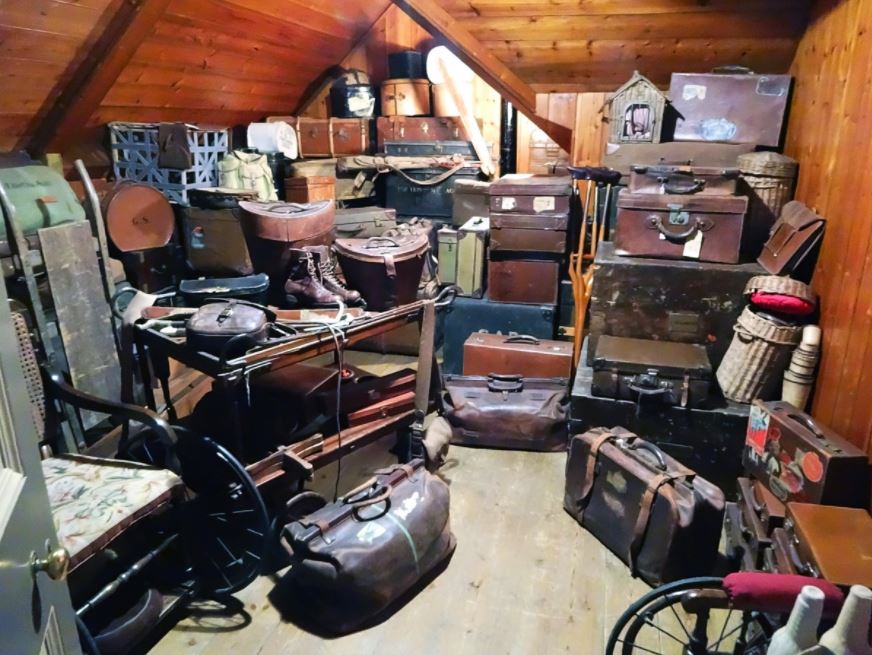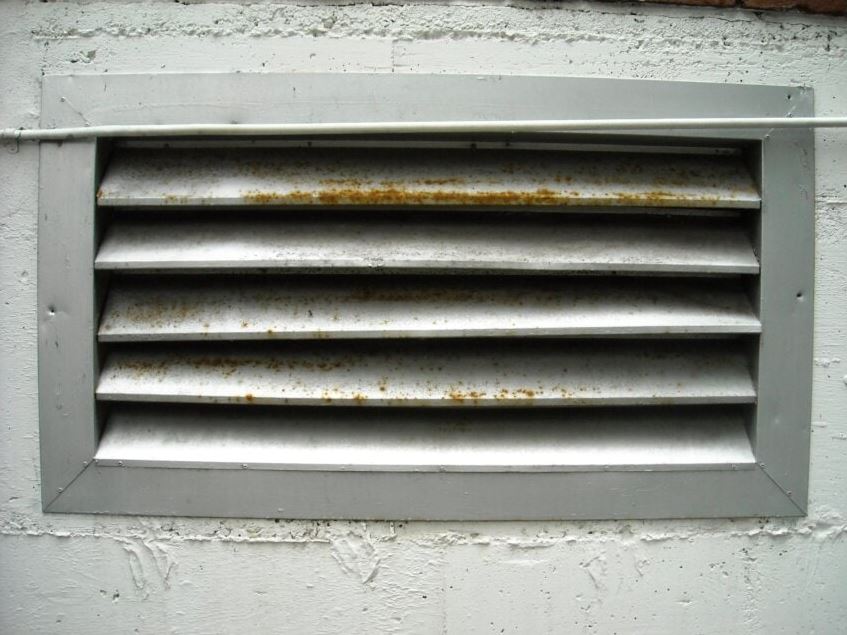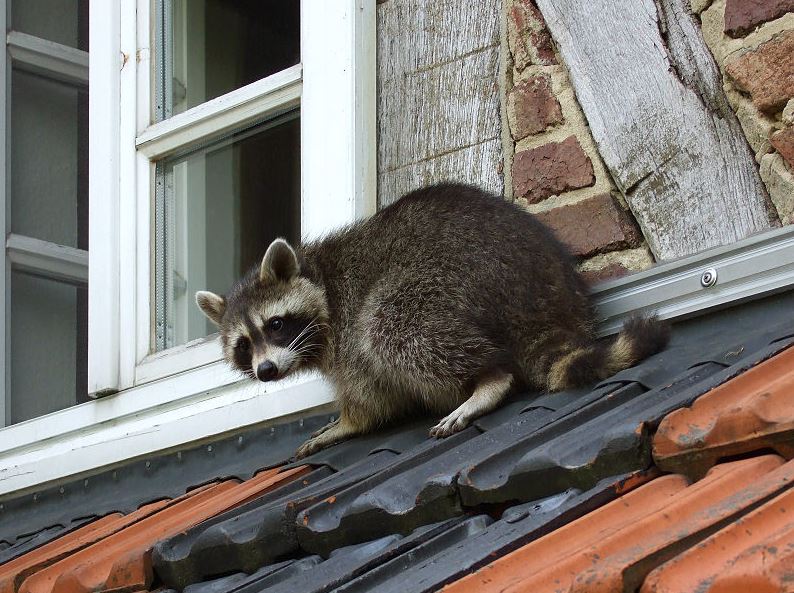Most homeowners don’t regularly check their attic and maintain them, but it’s a part of your house that you shouldn’t ignore. If you’re not using it as a living space, attics can hold mold, moisture, dust, and even pests that you shouldn’t miss. Checking and maintaining your attic on a routine basis will help you prevent unwanted intruders from making the attic their nesting grounds.
Here are the tips for maintaining your attic:
Clean it up and remove clutter.
Attics need to be cleaned out at least twice a year. The best time to clean is in spring and before winter. To keep it in good shape, you have to clean it out regularly before the dirt and dust buildup becomes too hard to remove, which may cause respiratory problems to anyone who will attempt to clean it.
An empty room is the easiest to clean, so make sure to remove the contents of your attic before you start pulling out brooms, dusters, vacuum cleaners, and other pieces of your cleaning arsenal. This will help you clean and inspect every inch of the attic and sort out items you don’t need anymore.
Then, start with a vacuum – a high-efficiency bag or canister with a filter will work best in a dusty attic. Vacuums can also capture dust mites, dead insects, and other allergens that settle in attics. Be thorough with your vacuum, then follow up with a broom to sweep up any remaining dust and debris. Yes, vacuum first before sweeping because a broom will stir up more than it would clean if you use it first.
Wipe away every inch of dust, from the windows to the frames to any wooden beams, baseboards, and other surfaces. Make sure you cover everything, including fans, light fixtures, and other hard-to-reach areas that are often ignored when cleaning up.
Sort your belongings.
While you removed everything outside the attic, sort through it and get rid of what you don’t need, make a pile for the things you want to donate, sell, give to a friend or family, or discard.
Now, for the things you still want to keep, make sure they are stored away in plastic bins with lids to help keep unwanted visitors from getting into them. Cardboard boxes can only last for a while, and it can attract pests if it gets moist. Storing the items away in a sealed bin will help ensure that your belongings are safe. If you need tips on how to organize your attic, read here.
Check the ventilation.
To regulate temperatures throughout your house each season, you must have proper ventilation. This will help keep your home cool during the warm summer months and keep it warm during the chilly winter. The idea is that there are places for the air to come and go from your attic so that warm air won’t get stuck there. Your house must have intake and exhaust vents throughout the house and soffit vents in the attic.
The attic vents are essential to the health of your home, and they can be easily compromised due to different things. The most common problem with these vents is the lack of ventilation space. If you place storage boxes or anything to block the vents, you will have problems with airflow, moisture, and insulation. Make sure the vents are free and clear of anything inside and out. Clean them up regularly, and make sure they’re not clogged.
Look for leaks and fix them.
Leaks in the roofing can be a major setback. If it has gone unnoticed, mold has already set in the attic, and it can be hard to get rid of. Routinely checking your roof along with the attic can help you stay on top of potential house disasters. Check if your roof is not missing any shingles or if the vents are still in the proper place. Know more about attic cleaning.
The ideal time to check any openings or cracks in the attic and roof is during the day, especially when it’s bright outside. Look for streams of light coming through the cracks and crevices, and fill the holes as necessary.
The cracks and openings can be signs of a bigger problem, too, such as structural or foundational issues, decay of wood beams, deterioration of load-bearing walls, and other problems. Sometimes, the leaks in the attic aren’t always noticed until there’s an exterior issue that shows up. For instance, an ice dam that builds on the gutter can cause water to back up and drip into the attic, causing mold and mildew to appear on interior walls. To keep problems from happening, make sure you check your attic regularly to see if there are any leaks.
Inspect the insulation.
Once your attic is clean, inspect the insulation. It must be evenly distributed, as a displaced attic can cause you to get icy areas inside. If your insulation has fallen below the floor joists, you will need to add more. If you can’t see the floor joists above the insulation, it’s likely placed below them, which is a good sign. You must have the type of insulation that is best for attics installed so as to prevent dampness, mold, or mildew. The insulation in the attic can also affect your roof, as attic insulation reduces the amount of moisture buildup in the attic space. If your insulation is in poor shape, have it replaced and hire attic insulation installers to do it. You can look for professionals in foam roofing Arizona to take care of your insulation needs.
Prevent molds and moisture.
Faulty insulation isn’t the only place your attic might be harboring unhealthy molds. Give your attic a careful inspection and look for the presence of molds and moisture. It can come in a variety of colors, from white to gray, black to brown, orange to green. If your attic smells musty, it’s probably growing there.
Rain or winter storms that cause roof leaks can also cause trapped moisture, leading to mold damage and the production of harsh allergens. If needed, hire a roofing professional to fix roof leaks or mold issues. You don’t want to risk it lingering, especially if you have any form of asthma or allergies.
Look for evidence of pests.
If pests such as termites, wasps, mice, rats, raccoons, or bats find their way into your attic, you must get rid of them immediately. No one likes to find out what these creatures are doing, but if you don’t want a significant problem in your hands, then inspecting for the presence of these unwanted visitors is a must. Traps work in getting rid of most small pests, but animals like raccoons or bats might require the help of a pro. If you have a termite infestation in your attic, you will need the help of a pest control service.



